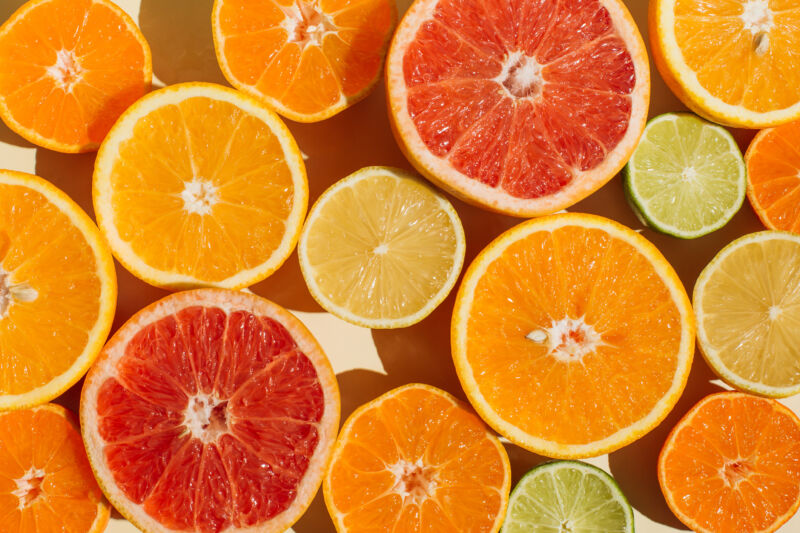-
chevron_right
An Australian farmer has held the first carbon-neutral cattle sale – here’s how it works
news.movim.eu / TheGuardian · Friday, 22 March - 23:00
Seven hundred breeding cows and heifers reared in a ‘carbon neutral farming system’ sold in NSW on Thursday. But can a live cow be carbon neutral?
- Sign up for the Rural Network email newsletter
- Join the Rural Network group on Facebook to be part of the community
Australia’s first carbon-neutral cattle sale took place this week.
Seven hundred Angus breeding cows and heifers, reared through a “carbon-neutral farming system”, went under the hammer at the saleyards in Gloucester, a small town three hours’ drive from Sydney , on Thursday.
Sign up to receive Guardian Australia’s fortnightly Rural Network email newsletter
Continue reading...




